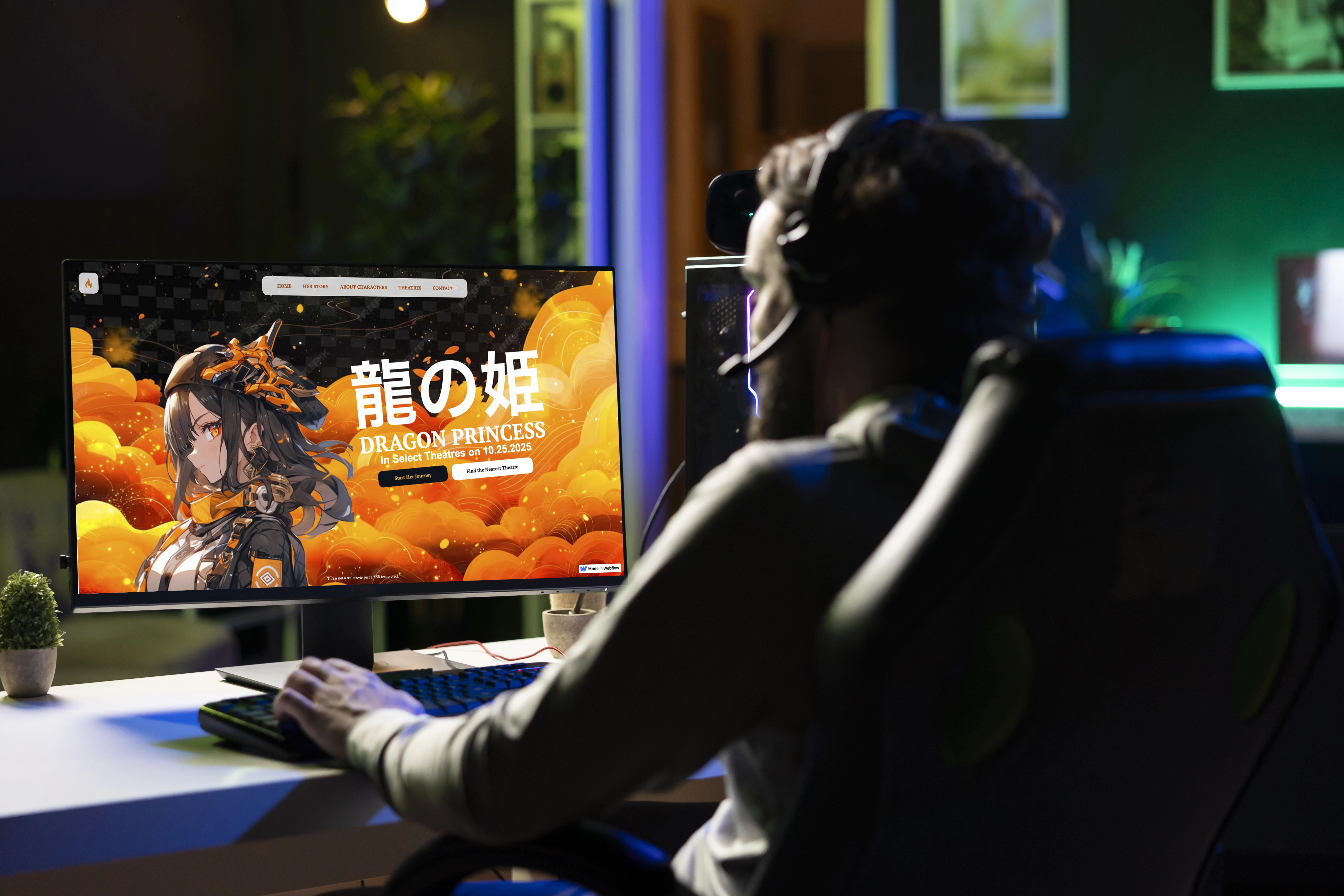
Dragon Princess
Timeline
4 hoursRole
Skills Used
Technologies
Type
Dragon Princess
What if designers could create motion design without developers?
The rise of AI-assisted development and browser-based technologies has created new opportunities for immersive web experiences. These tools are now easier to embed and implement, enabling designers to create animated, dimensional experiences without relying on developers.

2.5D Design Process
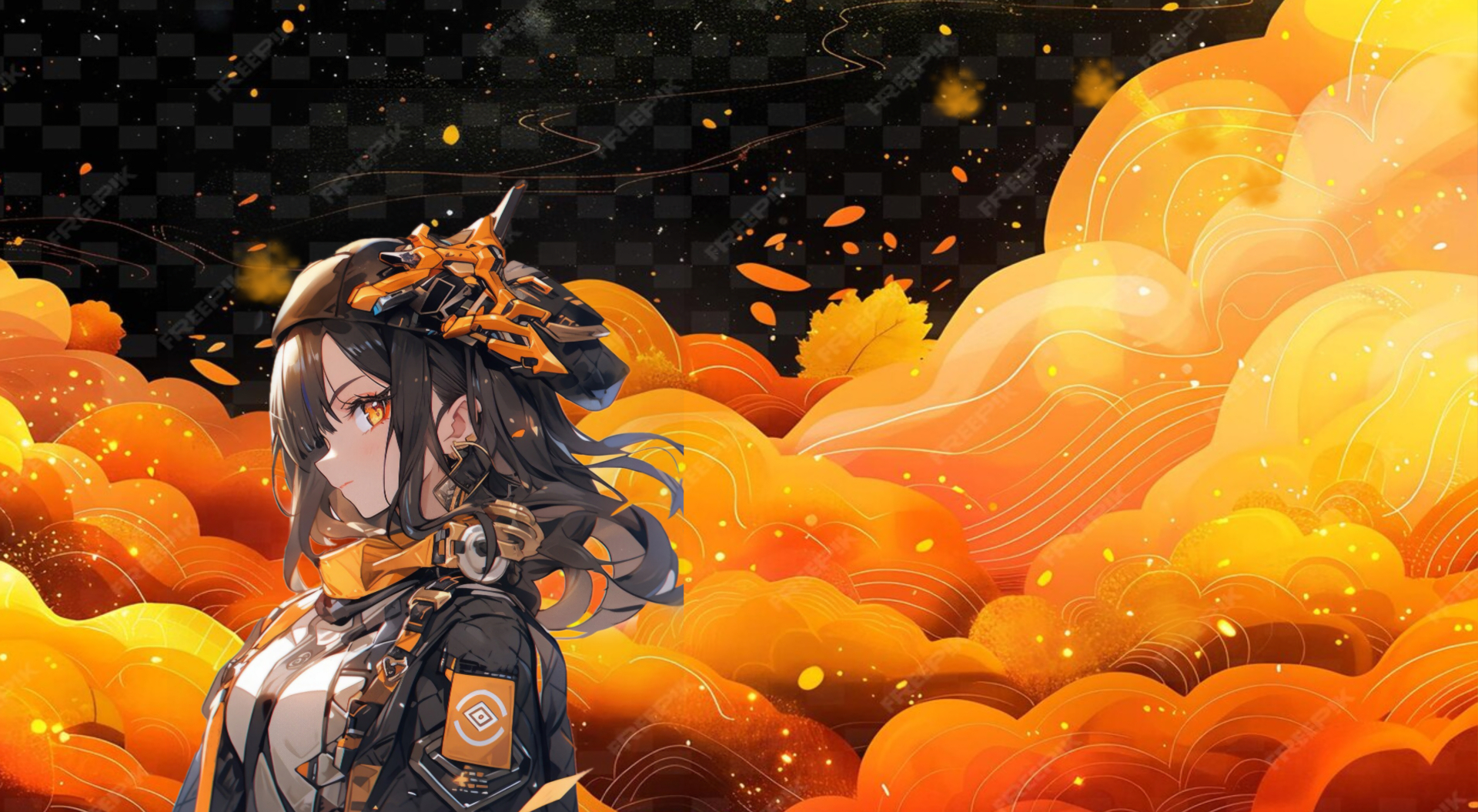
Camera framing: Adjusting composition for optimal visual hierarchy

Webflow deployment: Embedding the Spline scene with supporting content
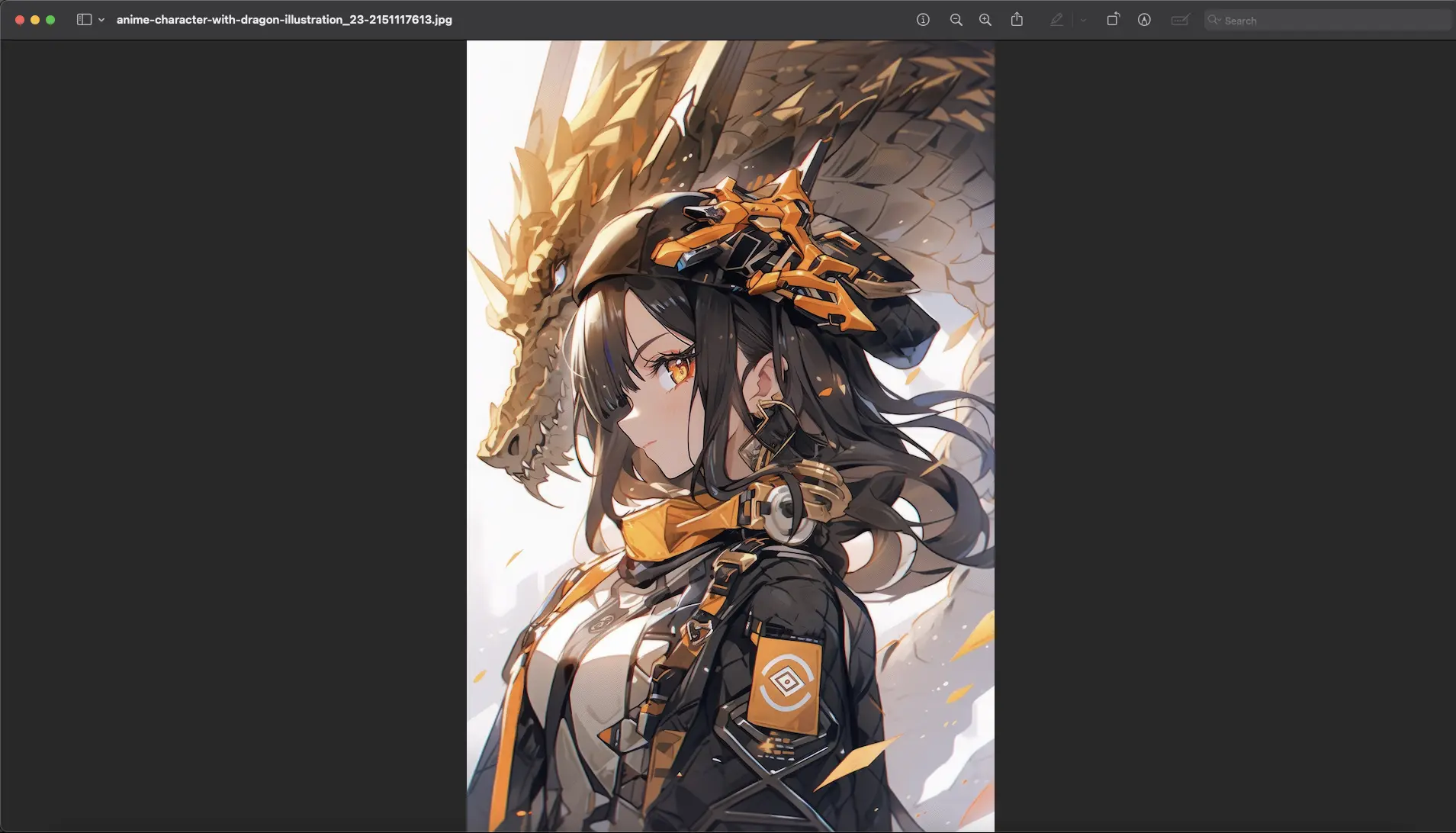
Starting point: AI-generated hero image selected for visual impact
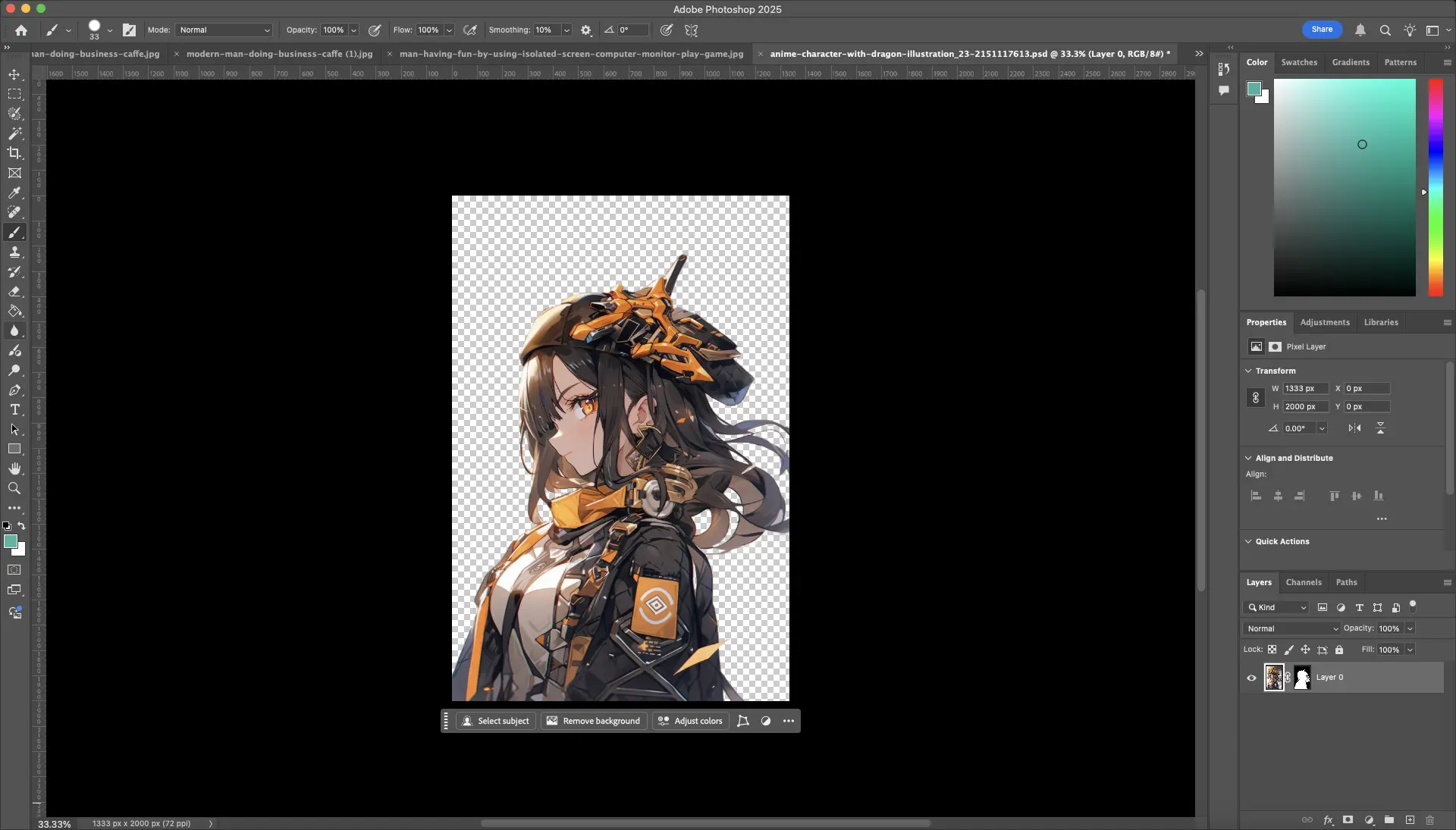
Photoshop process: Carefully isolating the character while preserving fine details
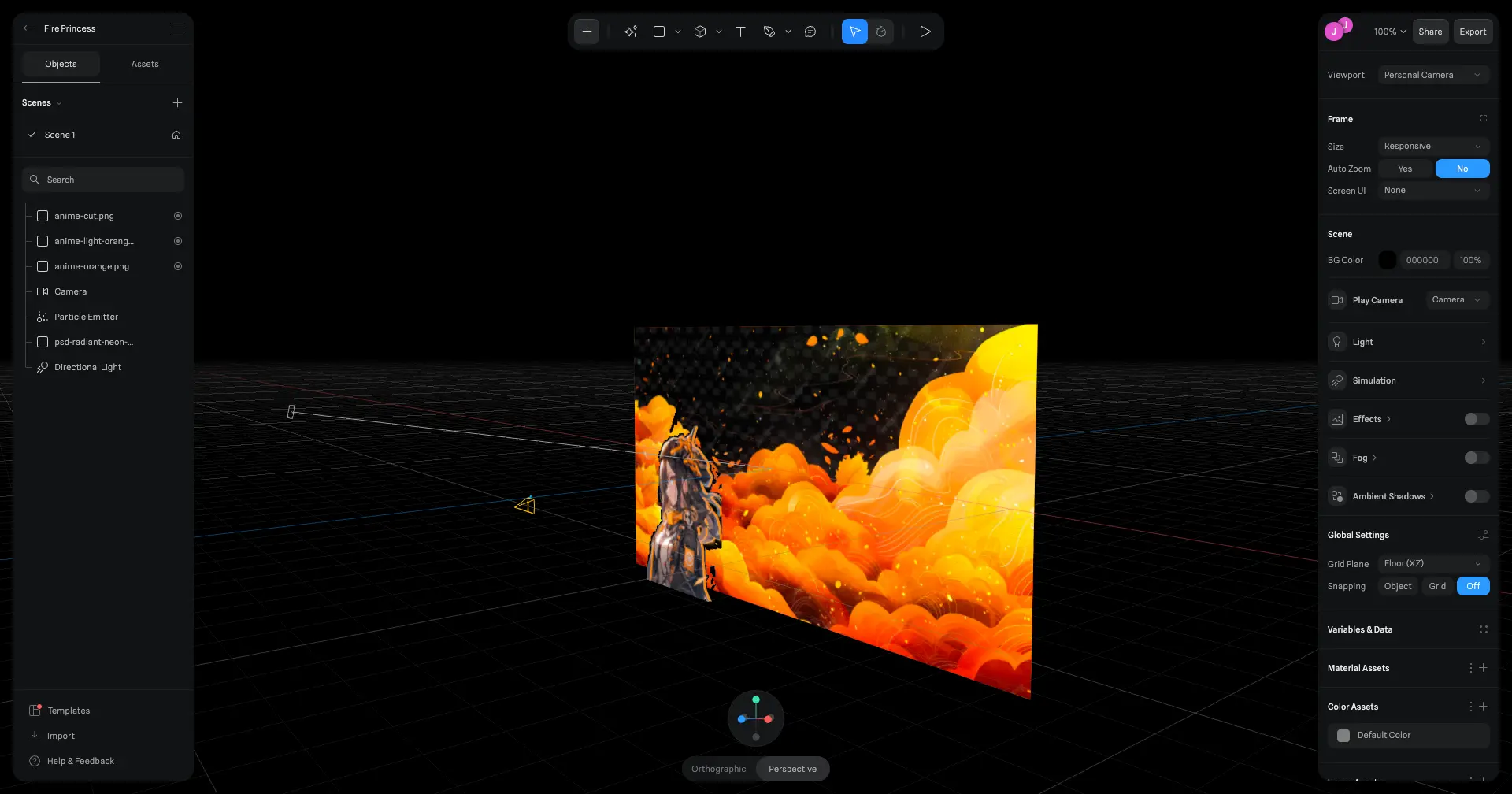
Spline workspace: Organizing layers and adding particle effects for atmospheric depth
CONTEXT
Context & Goals
The rise of AI-assisted development and browser-based technologies has created new opportunities for immersive web experiences. These tools are now easier to embed and implement, enabling designers to create animated, dimensional experiences without relying on developers.
Our Goals
Leverage AI and Browser Technologies
Explore how AI-assisted development and browser-based technologies create new opportunities for immersive web experiences.
Simplify Implementation
Demonstrate how these tools are easier to embed and implement than traditional development workflows.
Enable Designer Autonomy
Prove that designers can create animated, dimensional experiences without relying on developers.
The Problem
2D vs 3D Web Design Limitations
Traditional web design is limited to flat, 2D interfaces, while full 3D websites can be resource-intensive and complex. There's an opportunity to create engaging experiences that blend the performance of 2D with the depth perception of 3D, all without requiring developers or sacrificing performance.

THE PROCESS
Design Process
A streamlined no-code workflow that empowers designers to create dimensional web experiences independently. Starting with research and inspiration, we leverage AI-assisted image generation, process assets in Photoshop, compose layered environments in Spline, and deploy seamlessly on Webflow. All of this happens without writing a single line of code.
Research Phase

Researched existing 2.5D web experiences and dimensional design techniques. Explored how browser-based technologies could enable immersive experiences without traditional 3D complexity.
Inspiration Gathering

Collected inspiration from dimensional design, parallax effects, and interactive web experiences. Identified key visual elements and interaction patterns that could be achieved through no-code tools.
Tool Exploration

Explored available tools for creating dimensional web experiences, focusing on Spline for 3D composition and Webflow for no-code deployment. Assessed workflow feasibility for designer autonomy.
AI Image Generation

Generated initial hero images using AI tools to create compelling visual concepts. Selected images based on their potential for dimensional layering and web optimization.
Photoshop Processing

Processed AI-generated images in Photoshop, isolating characters and creating silhouette variations. Optimized images for web use by creating transparent PNGs with proper file sizes, ensuring fast loading while maintaining visual quality.
Asset Preparation

Prepared processed assets for integration into Spline, ensuring proper dimensions and formats. Created multiple variations to enable layered depth effects and interactive elements in the final composition.
Multi-Layer Depth Positioning

Organized layers in Spline to create dimensional depth using 2D elements. Character silhouettes positioned at different z-depths create parallax effect during camera movement, while maintaining performance advantages of 2D assets over full 3D rendering.
Atmospheric Effects

Added particle effects for ambient atmosphere without overwhelming the scene. Carefully balanced particle density and animation speed to enhance dimensional feel while maintaining 60fps performance across devices.
Interactive Elements

Implemented click interactions on characters and subtle camera movements to reveal depth. Created engaging interactions that enhance the dimensional experience without causing motion sickness or performance issues.
Spline Integration

Embedded Spline scene in Webflow using custom embed component. Configured responsive settings and performance optimizations to ensure smooth experience across all devices.
Testing & Optimization

Tested performance across browsers and devices, optimizing for smooth 60fps animations. Ensured consistent experience and fast loading times while maintaining visual quality.
One-Click Deployment

Deployed live with Webflow's one-click publishing. No custom code required - designers can test, iterate, and publish live without developer involvement, demonstrating complete designer autonomy.
THE IMPACT
Impact & Results
This project successfully addressed all three goals. We leveraged AI and browser technologies to create immersive web experiences. We demonstrated these tools are easier to embed and implement than traditional workflows. We proved designers can create animated, dimensional experiences without developers, achieving complete autonomy.
Designer Autonomy
Complete creative control from concept to deployment without code
Disciplines Integrated
AI generation, photo editing, 3D composition, web deployment
Development Time
From concept to deployed interactive web experience
Key Takeaways
What We Learned
Design Insights
Visual and interaction design learnings
•Layered 2D elements create depth efficiently
•Subtle parallax feels more natural than extreme motion
•Purposeful animation enhances engagement
•Limited pan movements provide dimensional feel
Product Insights
Why this approach is valuable
•Designers can create dimensional experiences alone
•No-code workflows reduce development time and cost
•Immersive experiences increase user engagement
•Browser technologies enable accessible dimensional design
Specific details may be limited due to NDAs. Projects may be updated due to growth.
Interested in Working Together?
Let's discuss how I can help drive your product strategy and cross-functional initiatives.